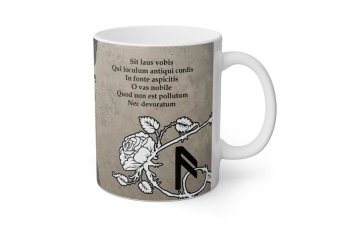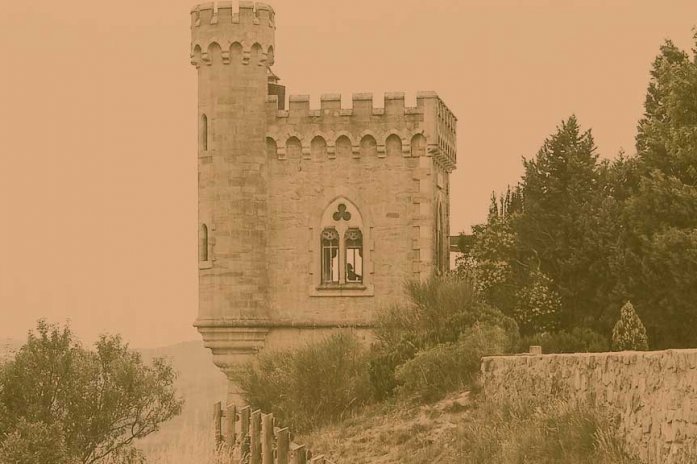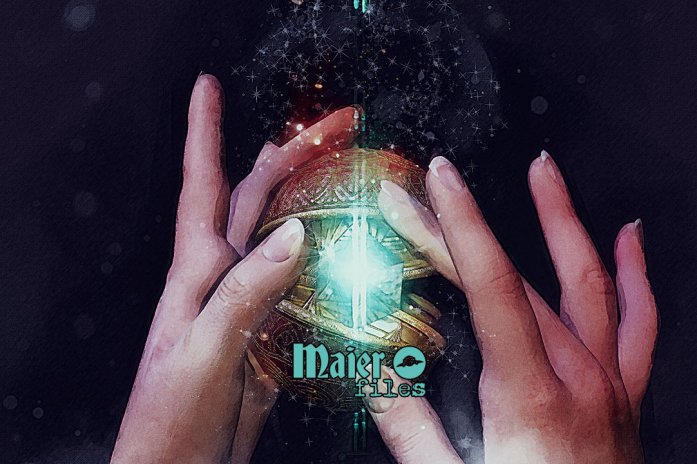The Grail legends are steeped in mystical traditions and embody a quest for ultimate spiritual knowledge, themes deeply interwoven with the Maier Files narrative. In the twelfth century, European culture underwent a profound transformation, influenced by mystical orders like the Cathars and the Templars. This era introduced chivalric ideals and Grail legends that tapped into esoteric traditions. While these legends display a Christian exterior, much modern scholarship reveals that their...
The Master Mason’s ritual, central to modern Freemasonry, might not be the original version, but rather a substitute. This idea may seem surprising at first glance, but when examined in the historical context of the early 18th century, it opens up fascinating possibilities. The events of 1717, which saw the founding of the first Grand Lodge of England, did not occur in isolation. Instead, they were part of a broader...
Within the historical tapestry of World War II, the shadowy Division Parzival, guided by the mysterious Gudrun, captivates with its enigmatic origins and spiritual undertones. Julius Evola’s essay, intertwined with the profound chivalric traditions, sheds light on the esoteric aspects of the Grail and the symbolic representation of the woman as “intelligence.” Division Parzival and Gudrun Steeped in mystery, Division Parzival emerges as a military unit with a unique purpose, shaped by the enigmatic demands of Gudrun, also known as […]...
Julius Evola’s views on the Holy Grail myth as a Hyperborean myth can be understood within the context of his broader intellectual project, which sought to recover the spiritual wisdom and cultural heritage of the ancient world. Evola believed that the modern world had become disconnected from its traditional roots and was in need of a renewed connection to the transcendent principles that had once guided human civilization. For Evola,...
Unveiling the Enigmatic Wisdom: Deciphering the Esoteric Meaning of “Sit laus vobis Qui loculum antiqui cordis In fonte aspicitis. O vas nobile Quod non est pollutum Nec devoratum In saltatione antique spelunce. Et quod non est maceratum In vulneribus antiqui perditoris” In the labyrinthine world of ancient texts and cryptic symbols, there exists a riddle (Hildegard von Bingen) that has tantalized the intellect and stirred the soul for generations. It...
Foreword to the book Mysteries of Templar Treasure & the Holy Grail: The Secrets of Rennes Le Chateau by TIM WALLACE-MURPHY. The mystery of the Abbe Berenger Saunière, the free-spending parish priest of the small hilltop village of Rennes-le-Château has, over the last thirty years, taken on a vibrant life of its own, enlivened with tales of hidden treasure, accusations of heresy, and allegations of fraud, murder, and general mayhem in a manner that almost defies belief. This tiny and otherwise […]...
The original version of Julius Evola’s Mystery of the Grail formed an appendix to the first edition of his masterpiece, Rivolta contra il mondo moderno (1934). – Revolt against the Modern World. Three years later he reworked that appendix into his “The Mystery of the Grail” book, which first appeared as part of a series of religious and esoteric studies published by the renowned Laterza Publishers in Bari, Italy, whose...
The story of the Holy Grail is a rich and complex narrative set in the context of Arthurian tradition and the medieval world of knighthood and chivalry. These romances reflected the lifestyle and aspirations of an elite, the men and women who dominated the feudal world. The narratives produced during this relatively brief period have a universal appeal, and subsequent readers have interpreted them in different ways. Whatever conclusions, they...
Wolfram Eschenbach’s notioned that the Grail is a stone. Even though his Parzival was one of the most popular and spiritually challenging tales of medieval Germania—as Albrecht Classen notes, “this courtly romance might be one of the most intriguing literary works of its time in terms of intellectual and spiritual epistemology” —still Wolfram’s view on the nature of the Grail as a stone is nowadays treated by critics with mystified respect and then allowed, as if inconvenient, to disappear from […]...
If we take into account the Celtic tradition of the descent to the underworld, we also have another level of our quest: the Great Prisoner. As in the labyrinthine journey of the Grail quest, the hero who enters into the faery fortress of Caer Sidi to gain the cauldron is indentured to continue in its service until he is released. He becomes “the Great Prisoner.” For the Celtic peoples, realms...
In Celtic Scotland there exist plenty traditions of sacred locations, places and folklore about people crossing into the Otherworld, a number of which are identified with sorcha (pronounced “sahkhaa”). This is an ancient phrase that means both ‘paradise’ and ‘illuminated being.’ Once again there’s a similarity with Egypt. Because the syllable ka is their word for ‘risen soul or awareness.’ Sidh Chailleann is the core of Scottish Otherworld tradition. This...
The Grail secret and Wolfram von Eschenbach’s Secret of the Holy Grail. The most significant of all the Grail romances is “Parzival”. The Bavarian knight, Wolfram von Eschenbach composed this master piece between 1195 and 1216. In his version, the Grail is uniquely a stone. And referencing a stone or rock is the key to finding illuminating Biblical passages. Especially of a “rejected stone.” Von Eschenbach claims he based his version upon privileged information he received from a french scholar […]...













